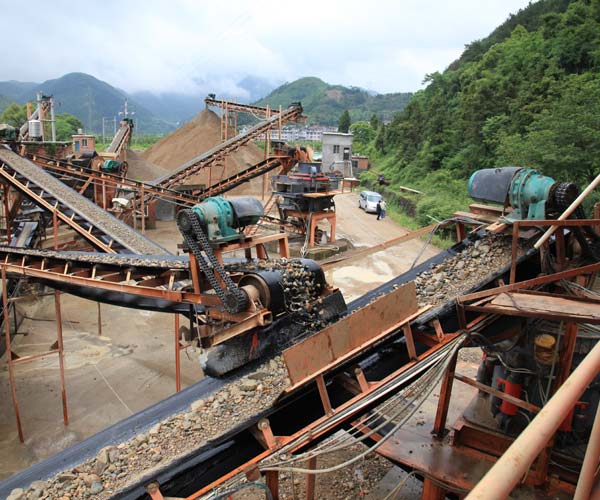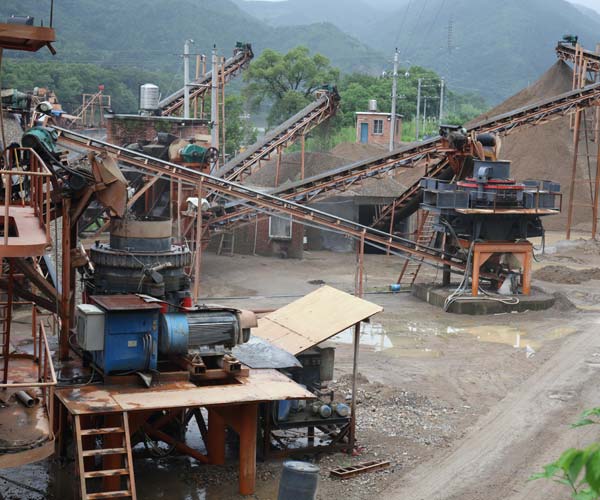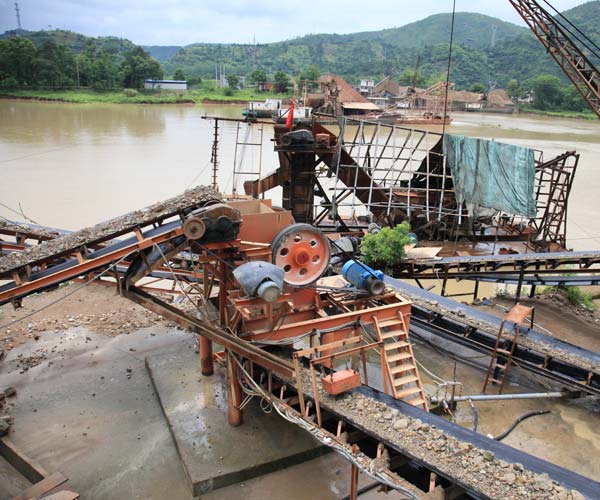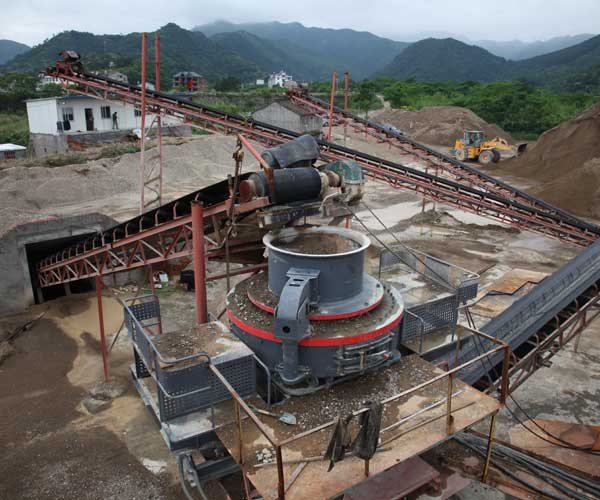
Pebble crushers is crucial for optimizing the efficiency of crushing circuits in mineral processing and aggregate production. These specialized crushers play a pivotal role in managing pebble-sized materials, offering unique features and applications that cater to the evolving needs of the industry.
24 Online Service

Pebble crushers are specialized crushing machines designed to process pebbles, which are typically rocks with a particle size range of 4-70 mm. The primary purpose of incorporating pebble crushers in the crushing circuit is to reduce the size of these pebbles, ensuring efficient downstream processing in the mill or grinding circuit. Unlike traditional crushers that primarily focus on reducing larger rocks, pebble crushers address the unique challenge of handling smaller, rounded particles.
Pebble crushers distinguish themselves from other types of crushers through their specific focus on pebble-sized material. While conventional crushers target larger rocks, such as jaw crushers for primary crushing and cone crushers for secondary and tertiary stages, pebble crushers play a crucial role in managing the finer particles. Their distinctive design caters to the challenges posed by the hardness and irregular shape of pebbles, optimizing the overall efficiency of the crushing process.
Cone crushers are a popular choice for pebble crushing due to their ability to handle a wide range of materials. These crushers utilize a gyrating spindle and a conical mantle, providing a versatile solution for pebble-sized particles. The adjustable settings allow operators to achieve the desired product size, making cone crushers suitable for various applications in the mining and aggregate industries.
Impact crushers excel in the reduction of pebble-sized materials through the use of rapid impacts. These crushers typically feature a high rotational speed rotor that hurls the pebbles against an impact plate. Impact crushers are valued for their efficiency and are often employed in the final stages of crushing to produce well-shaped, fine aggregates.
HPGRs have emerged as an innovative solution for pebble crushing. Operating by compressing the feed material between two rotating rollers, HPGRs effectively break down pebbles while generating a more uniform product. This technology is particularly advantageous in circuits where energy efficiency is a priority, making it a sustainable option for modern mining operations.
VSI crushers offer a unique approach to pebble crushing by using a high-speed rotor and anvils for impact crushing. This method is especially effective in shaping the particle size distribution of the crushed material. VSIs are versatile and find application not only in pebble crushing but also in the production of high-quality manufactured sand.

Before we embark on the specifics of pebble crushing, it’s imperative to grasp the broader landscape of the crushing process. The journey typically begins with the extraction of raw ore from the earth, followed by its transportation to the processing plant. Once at the plant, the ore undergoes primary crushing, where large rocks are reduced to manageable sizes by primary crushers, such as jaw crushers or gyratory crushers.
Following primary crushing, the ore moves to secondary and tertiary crushing stages, where it undergoes further size reduction. This step is critical for liberating valuable minerals from the gangue, facilitating efficient separation in subsequent processing steps.
The crushed material then enters the grinding circuit, where it is transformed into finer particles through grinding mills, often utilizing ball or rod mills. This grinding process is instrumental in releasing the valuable minerals from the ore matrix, making them amenable to subsequent concentration and extraction techniques.
In the final stages of the processing, the finely ground material is subjected to various separation processes, ultimately yielding the desired concentrate. Each stage of this intricate process requires precision, and any inefficiency can have cascading effects on the entire operation.
Efficiency in mineral processing is synonymous with throughput, and the pebble crushing stage is no exception. The efficient operation of pebble crushers is paramount to maximizing overall plant performance. By preventing the influx of oversized material into the grinding circuit, pebble crushers contribute to:
Pebble crushers alleviate the abrasive impact on grinding mills, leading to reduced wear and tear. This not only extends the lifespan of equipment but also minimizes downtime for maintenance, thereby enhancing overall operational efficiency.
By mitigating the impact of pebbles on downstream equipment, pebble crushers contribute to the stability and optimized performance of the grinding circuit. This, in turn, translates into enhanced throughput and finer grinding, crucial for achieving desired mineral liberation.
The optimized operation of the pebble crushing stage contributes to energy efficiency by preventing unnecessary overgrinding of pebbles in the grinding mills. This ensures that energy is expended only on processing material that contributes to the liberation of valuable minerals.
Controlling the pebble size entering the grinding circuit promotes consistent particle size distribution, contributing to the production of a more uniform and higher-quality concentrate.

Traditionally, pebble crushing involved basic machinery designed to break down rocks into smaller fragments. However, recent years have witnessed a paradigm shift with the introduction of cutting-edge designs that prioritize efficiency and sustainability. Manufacturers are now focusing on creating crushers that are not only robust but also energy-efficient. These designs leverage state-of-the-art materials and engineering principles to ensure optimal performance.
One of the groundbreaking innovations in pebble crushing equipment is the widespread adoption of High-Pressure Grinding Rolls (HPGR). HPGR technology brings several advantages to the table, including reduced energy consumption and improved liberation of valuable minerals. The application of HPGR in pebble crushing has proven to be a game-changer, offering a more cost-effective and environmentally friendly alternative to traditional methods.
Wear and tear are inevitable in the harsh mining environment, but recent advancements in wear protection technologies have significantly extended the lifespan of crushing equipment. Cutting-edge materials, such as advanced alloys and composite ceramics, are being employed to create wear-resistant components.
Automation has emerged as a key player in optimizing pebble crushing operations. The integration of smart sensors allows real-time monitoring of various parameters, providing valuable data on equipment performance. Advanced data analytics then processes this information to identify patterns, predict potential issues, and optimize the crushing process for maximum efficiency.
The advent of remote monitoring and control systems has revolutionized the way mining operations are managed. Operators can now oversee pebble crushing activities from a centralized control center, enabling them to make quick decisions and adjustments without being physically present at the site. This not only improves efficiency but also enhances safety by minimizing on-site personnel exposure to potential hazards.
Advanced control systems employ sophisticated algorithms to optimize the entire pebble crushing process. These algorithms take into account a multitude of variables, such as ore characteristics, equipment performance, and energy consumption. By continuously analyzing and adjusting these parameters in real time, the systems ensure that the crushing process operates at peak efficiency, ultimately leading to higher throughput and reduced operational costs.
Our Projects
Copyright © ZENITH, All Right Reserved.
